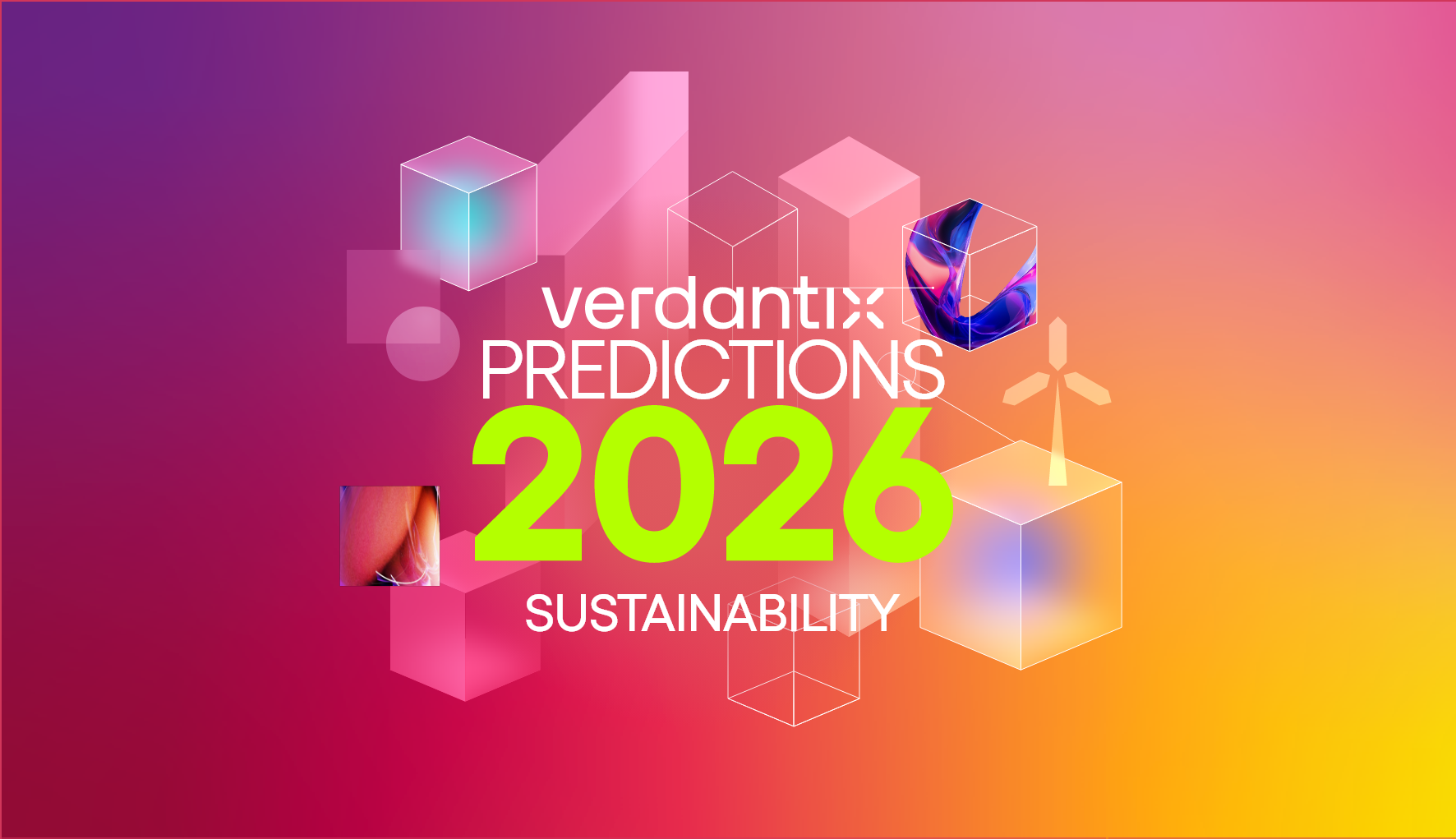How Prepared Are Firms For Scope 3 Emissions Disclosures?

Lily Turnbull
Determining Scope 3 emissions is not easy. Collecting Scope 3 emissions data means contending with complex, multi-tier supply networks and significant engagement gaps between procurement teams and suppliers. It requires navigating calculation methodologies that are still in their infancy and imputing missing data using volume- or spend-based approaches.
There is a broad awareness of the challenges associated with determining Scope 3 emissions, but awareness is not the same as understanding. In December 2022, the International Sustainability Standards Board (ISSB) said it would give firms an additional year to prepare Scope 3 emissions disclosures. In June 2022, BlackRock wrote a comment letter to the US Securities and Exchange Commission (SEC) advocating flexible Scope 3 disclosure requirements, owing to the immaturity of data and methodologies. And yet, in our recently published Global Corporate Survey: Supply Chain Sustainability Analysis we found that respondents were surprisingly confident in their Scope 3 reporting abilities. So why are our respondents so confident? Are reporting organizations genuinely well-prepared for the impending disclosure requirements?
Our report, Strategic Focus: Shining a Spotlight on Scope 3 Emissions Preparedness, analyses these findings and what they can tell us about Scope 3 emissions preparedness across different industries and geographies. It indicates that organization that have not yet started collecting Scope 3 emissions data are very likely underestimating the challenges of reporting and, as a result, risk impeding their preparedness for compliance. In November 2022, the Financial Times reported that UK government emissions data are so poorly reported that parliament cannot assess whether the public sector is on track to meet its decarbonization targets. TotalEnergies is currently in a dispute with Greenpeace after an investigation into its 2019 carbon emissions revealed them to be almost four times higher than the levels disclosed by the firm. These are just some of the examples that highlight the complexity of Scope 3 reporting.
Transparency and integrity will only become more important as the number of organizations making net zero pledges – and thus the potential misuse of net zero narratives – increases. To avoid having to go from 0 to perfect when the time for compliance hits, firms need to start preparing now. Supply chain and sustainability executives can get ahead by partnering with a software provider that can help them with data collection, supply chain mapping, lifecycle assessments and Scope 3 modelling. For more information, head here.
About The Author

Lily Turnbull
Senior Analyst





